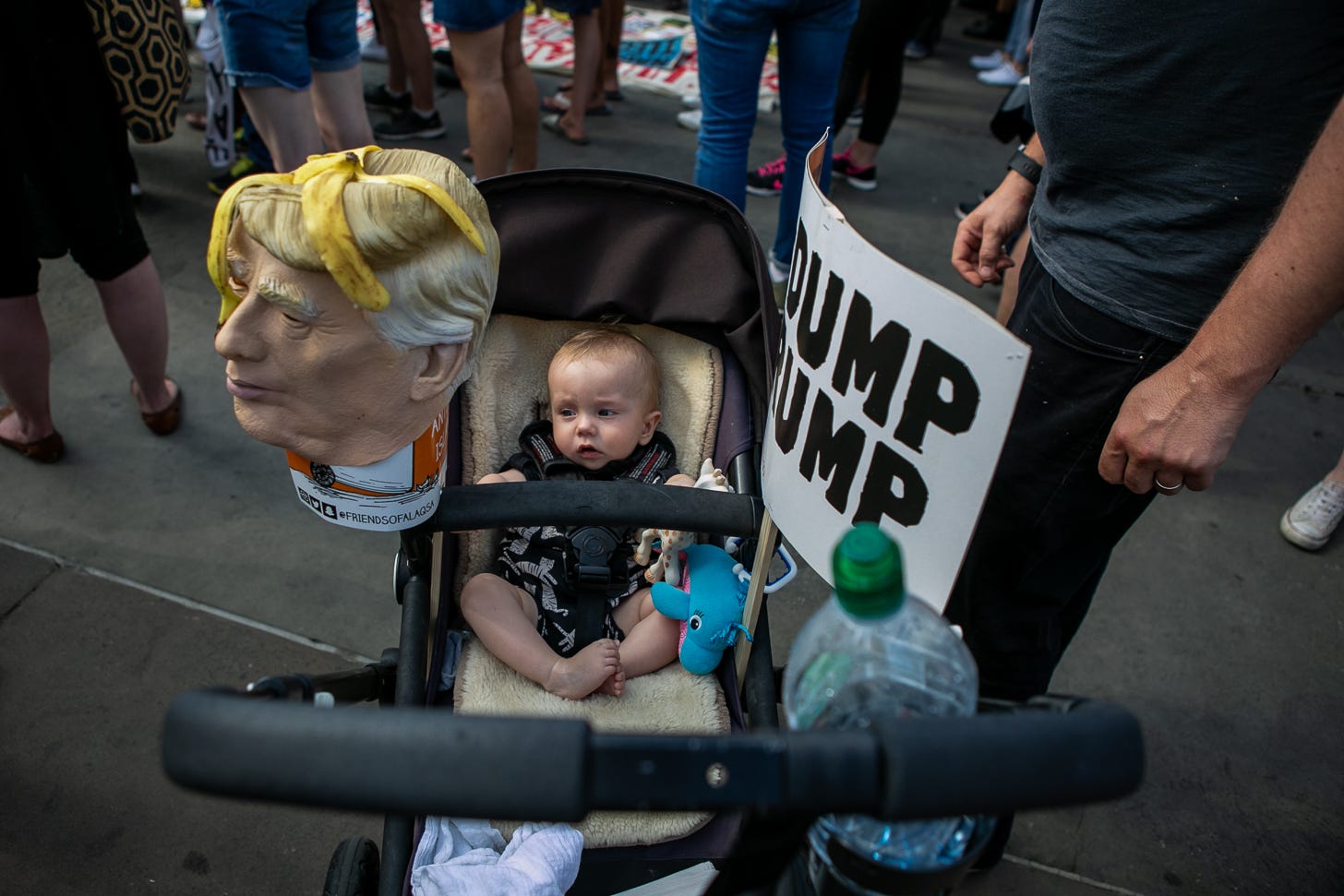The art of protest
For several years now I’ve been fascinated with the British protest. In 2018 I started photographing it as a way to experience it first hand.
As an autistic person, being a photographer at protests feels somehow easier. My camera is a shield and I can observe and tell stories about what I am witnessing rather than actively engage which can feel difficult at times. This allows me to participate when otherwise I’d perhaps be too anxious to. It feels like camera also protects me from potential harrassment, even if I don’t have a press badge.
But I didn’t understand this when I first started photographing protest and felt slightly ashamed that I was going there to photograph it, rather than actively participate. It is interesting to look back now, with my new understanding of myself, and accept that activism can take many forms (Katherine May beautifully writes about it in her recent post ‘How can we diversify protest’).
Growing up first in Soviet Union, and then in Russia (where for a short time protest was possible but never felt entirely safe) I never really had any experience of being able to express my own opinion, so freely, and so creatively, and without fear of prosecution. I felt slightly bewildered witnessing that you could scream in the policeman’s face and they wouldn’t beat you up in response. It felt uplifting being able to dance and chant and share a meal at a protest that felt like a party that brought people together. British humour on protest signs is something else, and I’ve always tried to capture that too.
I’ve never taken the right to protest for granted, and I feel grief as I am seeing the right to protest in Britain being slowly, almost imperceptibly, eroded over the past couple of years - something you only notice if you’ve seen it happen before.
As I’m trying to organise my protest archives and figure out what to do with it going forward - very much work in progress! - I thought I’d share some of my favourites here. Many I’ve not shared before.
























